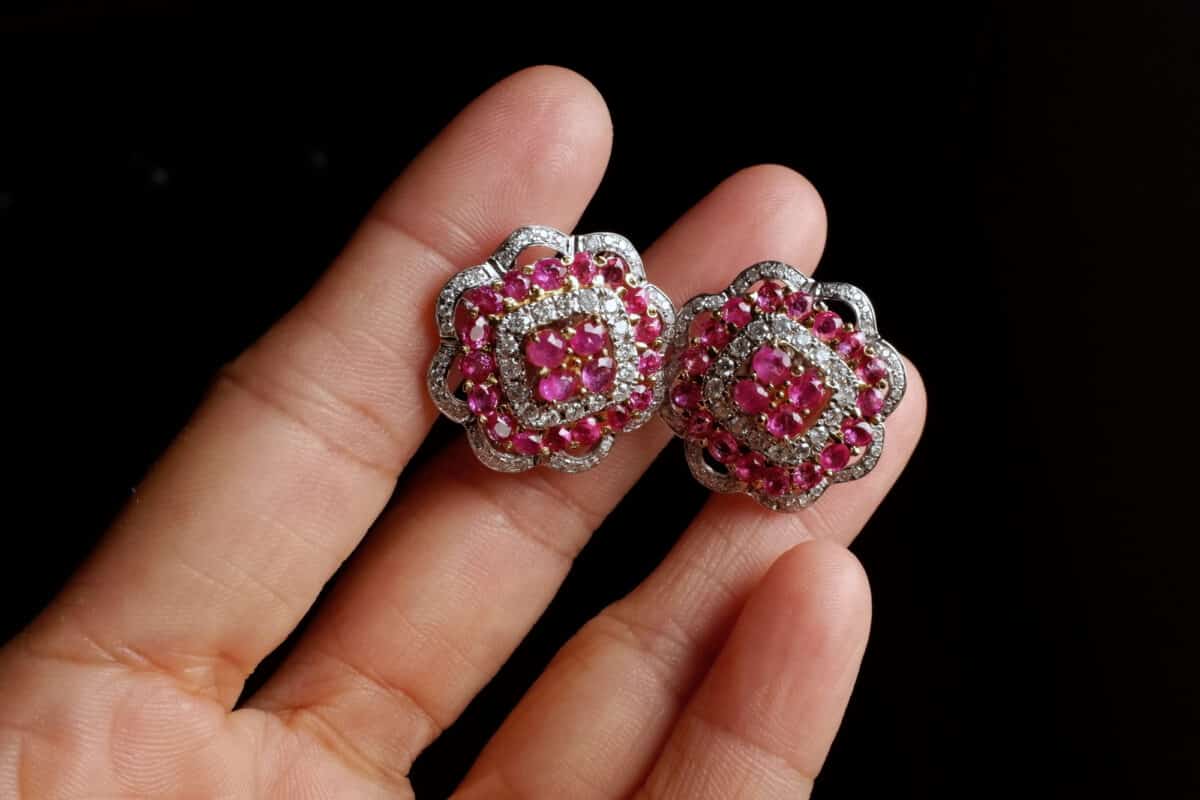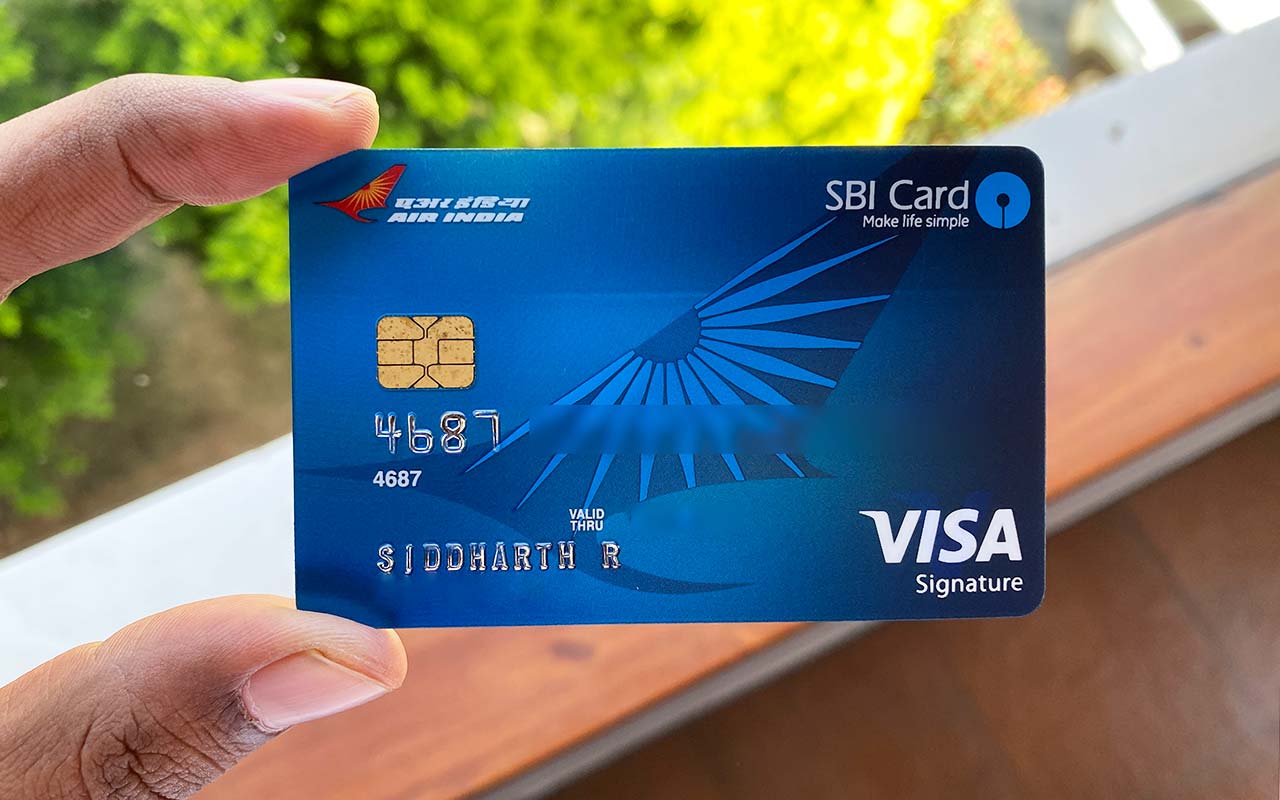
Eppo Doeve
After my blog on Anton Pieck the other week, I received a comment from Barbara Matthias, who asked me to look at the life and work of another Dutch painter, Eppo Doeve. Having never heard of him, I was intrigued. I managed to scrape together some information about his life and works of art he had completed, so here is a blog on the twentieth century painter and cartoonist.

Aardappeleters (Potato Eaters) by Eppo Doeve
Jozef Ferdinand (Eppo) Doeve was born on July 2nd 1907 in Bandung, the capital city of the Indonesian province of West Java in the Dutch East Indies. He was the eldest child of a civil servant, Justin Theodorus Doeve and his wife Helena Rosina Kepel and he had four sisters. Both parents were of mixed European and Indian blood. Eppie, as Doeve was called at home, went to a Catholic School run by the Ursuline Sisters and then later went through the local secondary education system. Once Doeve had been awarded his diploma, he was allowed to make some trips through the Dutch East Indies. Because of his parents, Eppi developed a love and interest for plants and flowers and this made him choose to study agronomy in the Netherlands. Agronomy is the science and technology of producing and using plants by agriculture for food, fuel, fibre, chemicals, recreation, or land conservation . Of his dream for his future Doeve said:
“… I wanted to be a tea planter, somewhere near Garoet, there is nothing more delicious imaginable, isn’t there?…”

A portrait of the actor Louis van Gasteren Senior by Eppo Doeve (1944)
Besides his love of plants and flowers, Doeve was a multi-talented child and was very artistic from an early age. He played various instruments and could draw well. He was also very humble and did not consider himself very special, despite the fact that he received painting commissions whilst he was still young but he still looked upon drawing and playing music as hobbies and, not being in any way, future professions.
Winston Churchill by Eppo Doeve
When Doeve was twenty he attended the Landbouwhoogeschool (Agricultural science college) in Wageningen in The Netherlands. He enjoyed student life and would contribute drawings to the monthly college magazine, Wagenische Studentencorps. His love of music was also sated at the college as he was very busy with the jazz band of the association. All his plans and aspirations ended in the early 1930s after the tea market in India collapsed and it was a turning point in his life and his future plans had to be revisited.
Fisherwoman in Regional Costume by Eppo Doeve (1968)
Above all, Doeve wanted to stay in The Netherlands and not return to the Dutch East Indies, to do this he had to find a way to achieve that goal. He realised that his drawing ability may be the secret to a new life. He had already earned some money at the Amsterdam advertising agency De LaMar Advertising Company and was able to work regularly at the agency from 1932 onwards. Doeve went from there to other advertising companies and publishers, such as De Groene Amsterdammer, an independent Dutch weekly news magazine published in Amsterdam, and later he moved to the large publishing house, Haagsche Post. In the 1930s Doeve also worked on the Belgian magazine Radiobode, which listed radio programmes. The magazine was first published in 1931 and had a circulation of approximately 20,000 copies. His graphic work for the Radiobode was loved and became collectables and was praised by such contemporary luminaries such as the young and up-and-coming illustrator, Fiep Westendorp, and one of Doeve’s young colleagues, Marten Toonder, a Dutch comic strip creator, born in Rotterdam and who became the most successful comic artist in the Netherlands

In 1953, Doeve became an even more famous Dutchman when he provided the sketch of Hugo de Groot, the Dutch diplomat, lawyer, theologian and jurist, for the new 10 Guilden banknote.
1940 issue of Radio Bode with Eppo Doeve’s graphics for the Paul Vlaanderen series

In the 100th issue of Aether, the magazine about the history of broadcasting and phonography, published in July 2011, there is a drawing by Doeve with an article about radio plays. It is a drawing for the well-known AVRO radio play Paul Vlaanderen. Paul Vlaanderen was the name of the fictional Dutch detective and was based on the novelist, Francis Durbridge’s character Paul Temple, who was a fictional detective in a long-running English radio serial, which first broadcast in 1938.
One of the many advert posters for Heineken Beer designed by Eppo Doeve
Doeve became skilled at every form of graphic art, without having had a formal education. He was commissioned to illustrate commercials, stage sets, book illustrations, and just simple paintings. Doeve mastered them all. One of his colleagues, Alexander Pola, commented:
“…He could do everything he wanted, and wanted everything he could…”
For the Dutch weekly magazine, Elseviers Weekblad, he submitted articles, illustrations and political prints. In addition, he regularly appeared on television. After years of being called J.F. Doeve in the press, he was then referred to by his nickname Eppo.
Portrait of Tinnie van der Elzen by Eppo Doeve (1940)
Eppo Doeve was also a fine portrait artist as can be seen in his 1940 work entitled Portrait of Eugenia Henriette Maria (Tinnie) van der Elzen. She was Doeve’s first wife, the daughter of a well-to-do family in Arnhem, whom he married in July 1934. In the background, a landscape is visible in which the castle of Cannenburgh (Vaassen) can be identified.

Poster for Eppo Doeve Retrospective
This painting was exhibited during the retrospective exhibition Eppo Doeve Terug in Wageningen in 2019. Doeve painted the portrait in the typical ‘magisch realisme‘ (magic realism) style of the late 1930’s, an artistic genre in which realistic narrative and naturalistic technique are combined with surreal elements of dream or fantasy.
Portrait of the artist André van der Burght at the age of 63 by Eppo Doeve
Jozef Ferdinand (Eppo) Doeve died on June 11th 1981, aged 73. After his death, piles of beautiful drawings were discovered in his studio.

Eppo Doeve in his studio (August 1954)
The studio was a chaotic mess and many sketches were found behind the heater and at the bottom of the cupboards, almost as if he had hidden them.














